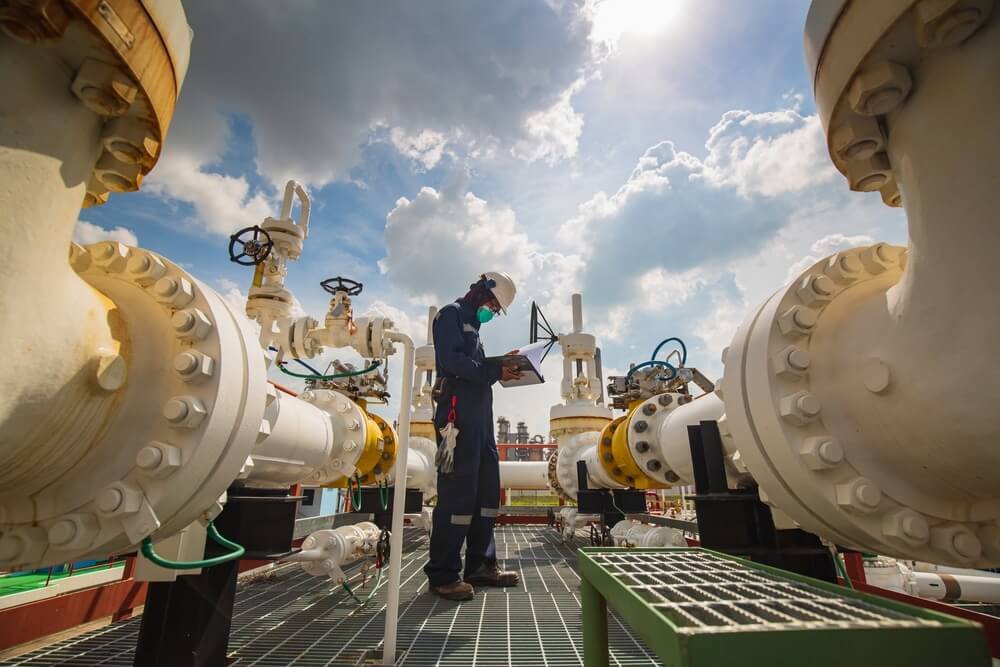
German Natural Gas Import Costs Rose
Germany’s natural gas import costs increased by 164% in the first seven months of 2022, despite a 25.5% drop in imports, according to official monthly data published on Wednesday.
The July figures from Germany’s foreign trade office BAFA are the sixth to reflect the impact of Russia’s invasion of Ukraine, which began on February 24, and Western sanctions imposed in response to what the Kremlin refers to as a “special military operation.”
Europe’s largest economy relied more on Russian gas than many European nations, notably via the Nord Stream 1 project, which Russia suspended, blaming Western sanctions. At the same time, European politicians believe Russia is weaponizing energy. Since supply and demand affect wholesale market prices and volumes, energy traders focus on imports. Supply shortages have also impacted the industry, contributing to inflation and recessionary patterns.
Gas data correlates with coal data since both compete in creating power and provide insight into the demand for mandated European Union carbon emissions permits.
As supply disruptions drove gas prices to record levels, Germany’s import bill jumped to 38.34B euros ($37.85B) in the 7 months, up from 14.5B euros in the same time in 2021, according to the data.
The average price paid at the border in January and July was 16,774.17 euros/month, up 253.3% compared to the previous year.
Natural Gas Futures Rally Early
Natural gas futures rose in early trading Wednesday against broader energy market concerns over a potential escalation in the crisis in Ukraine. The Nymex October contract went up 23.04 cents to $7.947/MMBtu.
Texas’s West Intermediate front-month crude oil futures were up $1.03 to $84.95/bbl.
The early energy gains came amid indications that Russia intends to increase its military presence in the ongoing invasion of Ukraine. This confrontation has rocked global oil markets for months.
Meanwhile, weather-driven demand was removed from the forecast overnight, according to NatGasWeather. The business sees the approaching pattern as “somewhat positive” in the short term but bearish-leaning beginning this weekend and lasting until October 7.
The Historic Streak of Falling US Gas
After falling every day for more than three months, US gas prices rose – by a penny — to $3.68 per gallon on Wednesday.
This brings the 98-day trend of lowering pump prices to a stop, the second-longest such streak dating back to 2005.
The national average price of gasoline last increased on June 14, when it reached a record of $5.02. Prices have fallen every day since then, and Thursday would have been the 100th consecutive day of reductions. Another important factor driving down gas prices is growing fears of a global recession, which might reduce demand for gas.
Meanwhile, Russian oil flows have been better than expected despite sanctions and the Ukraine crisis. Russia’s invasion of Ukraine and subsequent sanctions caused oil and gas prices to rise. The average price on the invasion day was $3.54 a gallon, slightly lower than today. Russia’s announcement on Wednesday that it will enhance troop mobilization boosted crude oil futures by 2% in global markets.
Wholesale gasoline futures hint at drastically reduced gas prices by the end of the year, with prices as low as $3 a gallon possible in much of the country. However, he warned that “futures prices are notoriously poor predictors of what the future would bring.” However, if gas prices continue to climb again, the Biden administration’s and the Federal Reserve’s efforts to keep inflation under control may be jeopardized. Falling gas costs are why America’s consumer prices have remained stable in recent months after climbing dramatically in 2021 and early this year.




